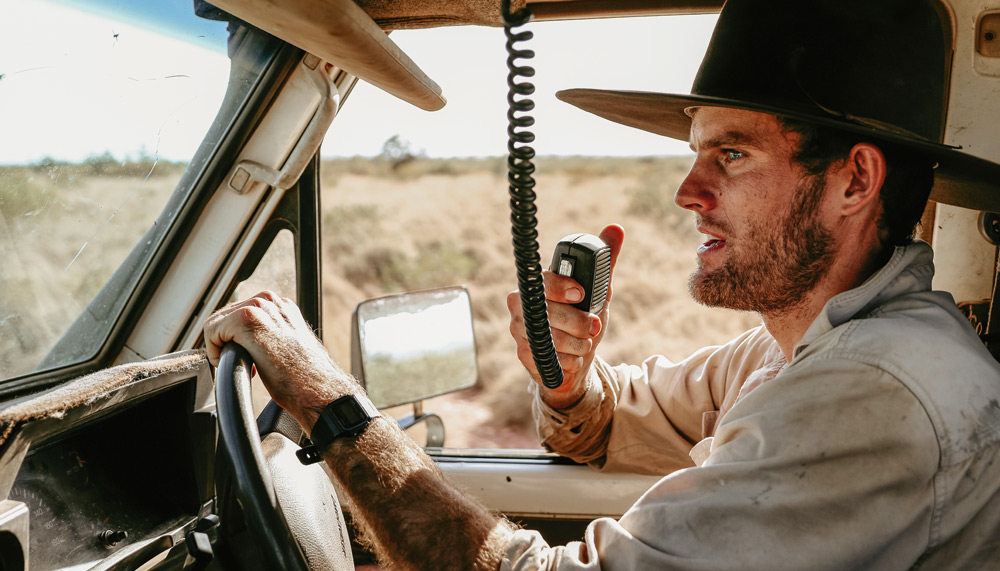Radio has been connecting rural Australians for 120 years.
Story Terri Cowley Photo Stephanie Coombes
Lara Jensen remembers using a dictionary to wedge her handpiece against the transceiver box during her School of the Air music lesson so her hands were free to play the recorder to her teacher. It was 1986 and Lara was in Year 4 at the Meekathara School of the Air (MSOTA), WA’s first School of the Air, established in 1958. Growing up on 1050sq km Yoweragabbie sheep station, south-west of Mount Magnet, WA, the second youngest of five children, Lara did all her primary schooling via the radio. “It was a wonderful tool,” she says. “It really united us. We were able to connect. Imagination was a big part of it – even visualising what your classmates looked like. When you could hear all your classmates’ voices, it was a beautiful thing. It made my childhood.”
Now a School of the Air mum, on 77,000ha Wondinong cattle station, 80km north-east of Mount Magnet, Lara still has good friends from her MSOTA days, even though she only saw most of them at the annual sports camp.
Young children in remote locations being educated at home via audio lessons is but one highlight in the history of radio in Australia, and radio continues to hold special relevance in our vast country. Broadcast radio has more listeners than ever, as new technologies allow us to access it in different ways, and two-way ultra-high frequency (UHF) radio remains the channel of choice in the bush.
This story excerpt is from Issue #136
Outback Magazine: Apr/May 2021










